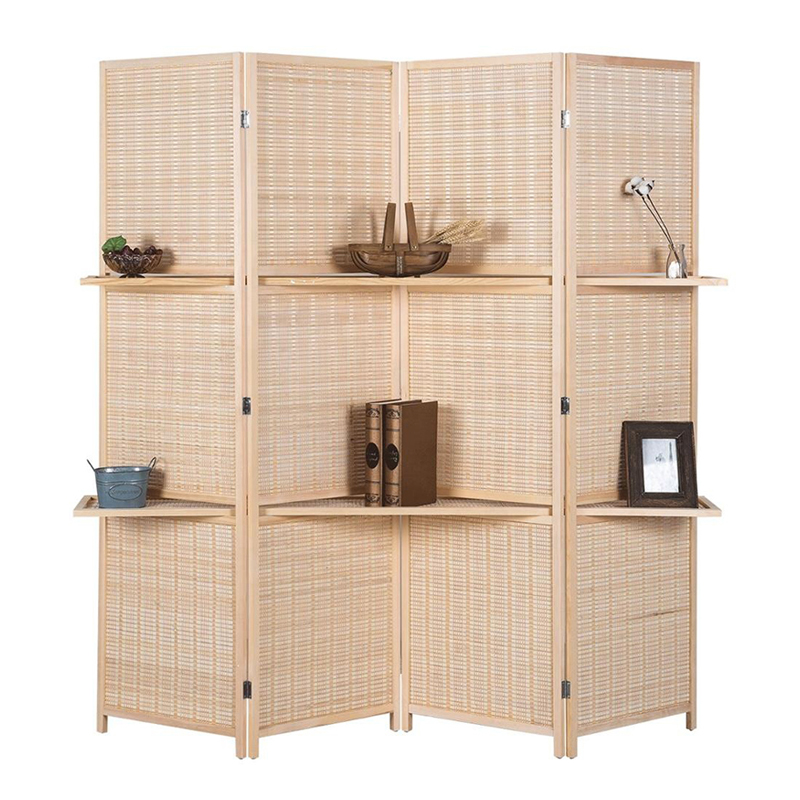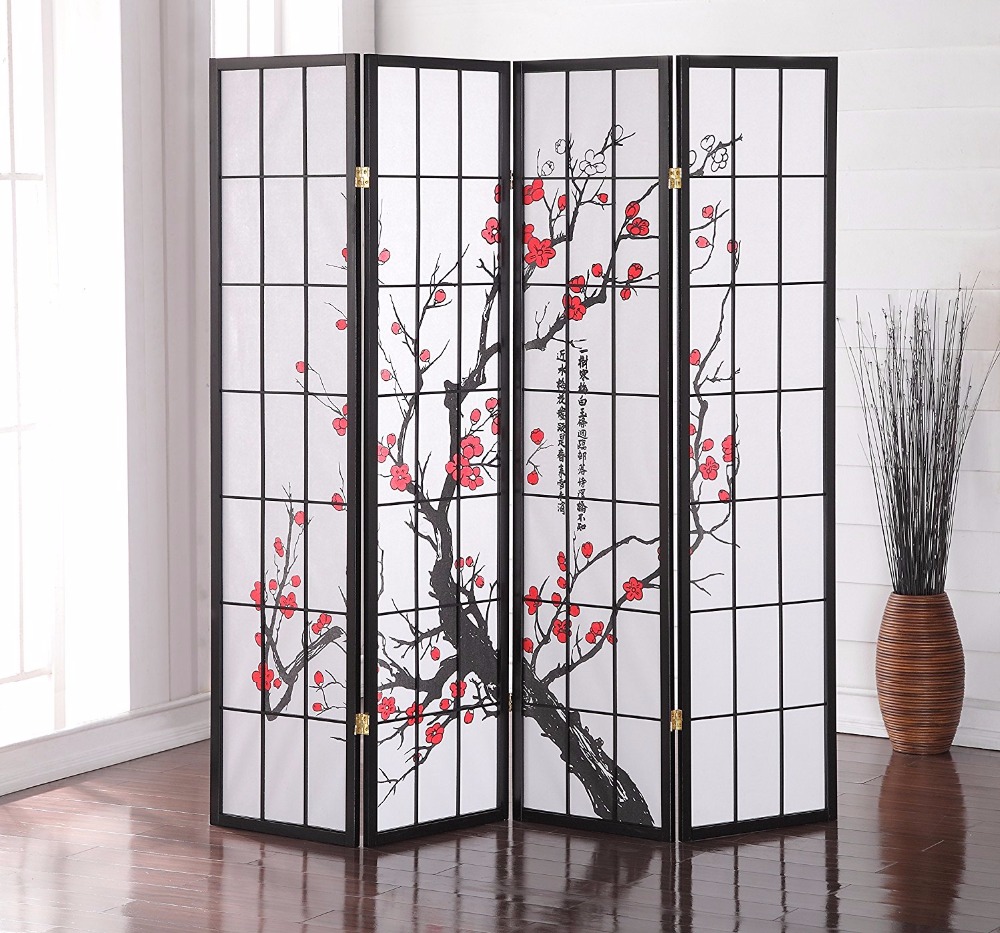Pressure sensitive film Pressure sensitive films consist of three major components: surface materials, adhesives, and backing paper. The combination of these components constitutes the cost of the film. Most suppliers will provide customers with different product combinations of “goodâ€, “better†and “best†to simplify their selection process as much as possible. Let us first discuss relatively simple components: adhesives and stabilizers. The quality of liners depends on the needs of customers. It is also an important factor in the "good/better/best" classification specification. Simply put, we need to start from “goodâ€, and “good†means that we can meet the needs of most customers – this kind of film should bring the ideal clarity, cleanliness and smoothness to most users, etc. . "Good" pressure sensitive films can generally be used in digitally printed images for short-term use (three to six months). In the postpress process, the backing paper also has a certain influence on the performance of the pressure sensitive film. The smoother the liner, the smoother the adhesive, and the smoother the adhesive, the better its application results, resulting in a clearer finished product. In addition, the high-quality backing paper can maintain stable performance during processing, so that the coating process becomes faster and more friendly. The choice of surface materials is somewhat complicated because each option has its own advantages and disadvantages. Vinyl Ethylene is the most commonly used surface material in pressure sensitive films because it is relatively inexpensive and has excellent cottage properties and suitability, as well as greater durability. At the same time, people can easily change the gloss of the vinyl material during the production process, thereby greatly reducing the cost. Both polished and calendered vinyl can be used to make film. The choice of type depends mainly on the final application field of the product and the cost range that the customer can afford. The common areas of vinyl film and the recommended film thickness are the following: Car body advertising and sticker production - 2 mil (thousandths of an inch) vinyl mouth is suitable for printing car designs. This surface material has a relatively low thickness and can maintain high adaptability. Bodywork The body image is best suited for processing with 2 mil thick, pressure sensitive polishing vinyl film. This material is relatively thin, can maintain the surface profile, and has strong stability, so images using it are not prone to curling and deformation. Point-of-purchase ads - The recommended film thickness for a point-of-purchase advertisement is between 3.0-3.5 mils. The thicker material enhances the depth of the image and simplifies the lamination process and image mounting process. In addition, the price of this material is lower than other materials. The retail pattern that people want to see at a close distance is best coated with a 3.0-3.5 mil thick pressure sensitive vinyl film. Please pay attention to the lighting conditions when using patterns. If it is in a bright place, you'd better choose a matte material to prevent reflections on the pattern surface. Floor pattern - 5 mil thick vinyl is more suitable for short-term use of floor patterns. It has good anti-slip and anti-wear properties, helping to keep the floor tidy and traffic safety. PC Engineering Plastics - PC engineering plastics have a thickness of about 5, 10 or 15 mils. It has a great influence on the hardness and durability of printed products. The two main applications for this material are: Trade show images - The thickness of the products used on the wall is approximately 10 and 15 mils, and the thickness of the products used for the title production is approximately 5 mils, which imposes high requirements on the elasticity of the material. The hardness of PC engineering plastics makes the image more suitable to show the curve of the frame. When the printed product is rolled up and transported, the adhesive must also be very adhesive. The texture of this printed product must be able to avoid the reflective problems that often occur in bright pavilions. Floor pattern - usually 5 mil film. This hard, durable film is ideal for producing floor patterns that are large in human flow and require long-term retention. Polyester - Polyester is another surface material commonly used in pressure sensitive films, and it is also the most expensive one. Polyester can provide users with the highest definition, so it can be widely used in museums, airports and other places on the high-end display. Unlike ethylene, polyester is more easily damaged and therefore not suitable for use where people often come into contact or walk. Thermal film The thermal film not only has many of the same properties as the pressure sensitive film (such as anti-ultraviolet radiation, anti-reflective, anti-imprinting and anti-oil, etc.), but also can enhance the hardness of the print and the depth of the pattern and the expression of color . However, the film is used in a completely different way from the pressure sensitive film. First, the price of thermal film is cheaper because it does not require the use of liners. However, the disadvantage of using it is that the laminating equipment for processing such films is relatively expensive because it can only be bonded at temperatures above 250F. Fundamentally, heat-sensitive film consists of two parts - the surface material (mostly polyester) and the low-melting adhesive. This film is usually bonded using a certain proportion of polyester. For example: A 3 mil thick film can be divided into two parts 1:2, 1 mil polyester, 2 mil adhesive. Thermal film is more troublesome than pressure sensitive film. Users need to balance a series of factors during use. In addition to the two existing variables - tension and pressure, there is heat, and they all can make users make mistakes. Many laminating operators process at very high tensions, which can easily cause pattern curling and other problems. When tension control is performed, please remember this principle: If you are not there yet, then you can't go too far. This does not mean that this balance cannot be achieved. Many operators who use this coating method can gradually reduce the time required for work and the chance of errors. It should also be pointed out that, as a whole, pressure sensitive films are more expensive than thermal film. However, pressure sensitive films do not require heating and do not require packaging (pressure sensitive films must be used on both sides of the image, not just one side). These factors can make pressure sensitive films a good and inexpensive choice for people. Application knowledge Now that you have seen the more common kinds of film, you should be able to solve your multiplication problem. Since these variables are easily confused, no one can give a correct answer right away. Fortunately, some people understand the properties of these materials and their processing, so you can ask them for help. Your supplier is certainly very willing to help you, so don't be afraid to ask questions. Home accessories are furniture items which are easy to replace and easy to move, and include almost any items that are not strictly functionally necessary in a decorated space. These accessories include such items as curtains, sofa sets, cushions, tablecloths and decorative craft products, decorative wrought iron, and so on. These items are commonly used in indoor furnishings and layout and can include cloth items, paintings, and plants. Home Decor,Flower Pot Rack,Room Divider Furniture,Customized Photo Frames Jinan Tri-Tiger Technology Development Co., Ltd , https://www.tigerwoodproduct.com
"Better" film can give users greater durability, cleanliness and smoothness. They are more suitable for use for a long period of time (six months to a year) and require close-viewing prints. The "best" film has the strongest UV protection, while also having two to five years of durability.
Polypropylene - The last surface material we will discuss is polypropylene, which has many attractive features - for example, it provides the user with a surface that can be wiped dry, thus simplifying the pattern cleaning process. This material is often used in menus and courtrooms to present crime scene photos or maps.

The first thing that matters when it comes to sofas with back support is the type of the sofa. Namely, there are plenty of different types of sofas on the market, but, not all of them are for back support. Anyway, here are some of the best sofas for back support.

Home accessories, as movable decorations, reflect the owner's taste and create a personal atmosphere where they are placed. These items can break the boundaries of the traditional decoration industry, using handicrafts, textiles, collectibles, and things such as lamps, floral items, and plants re-combined to form a new concept. Home accessories vary according to the size and shape of the room space, the owner's living habits, hobbies, tastes, and their financial situation.